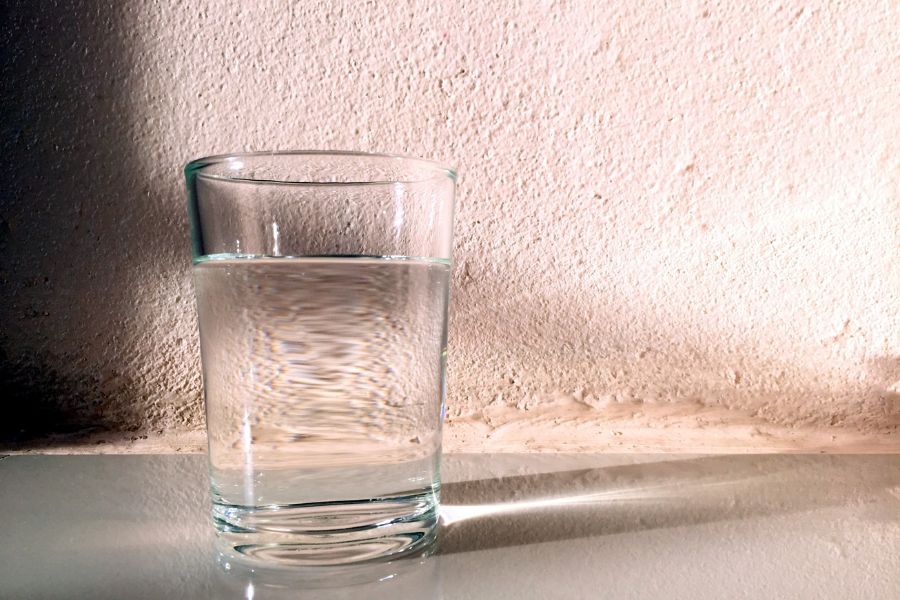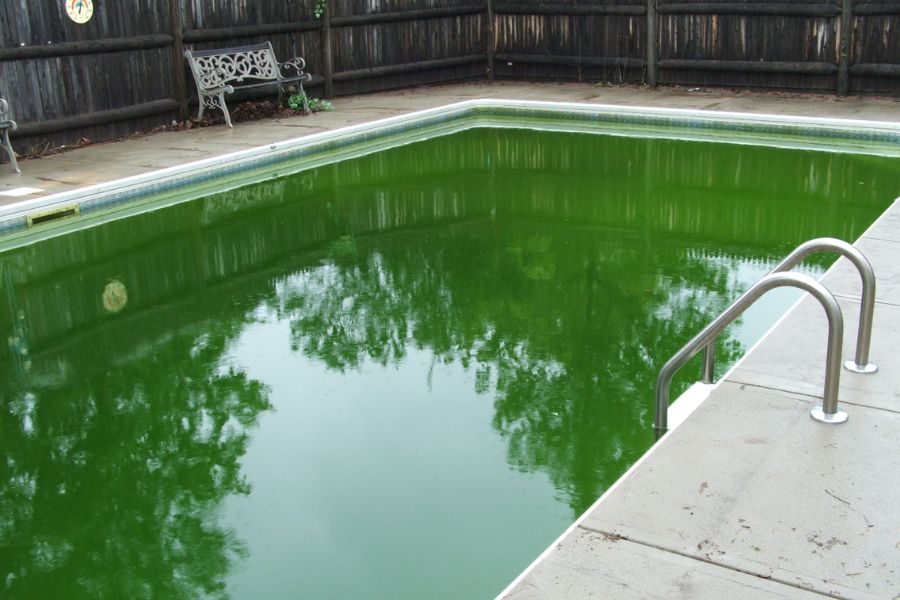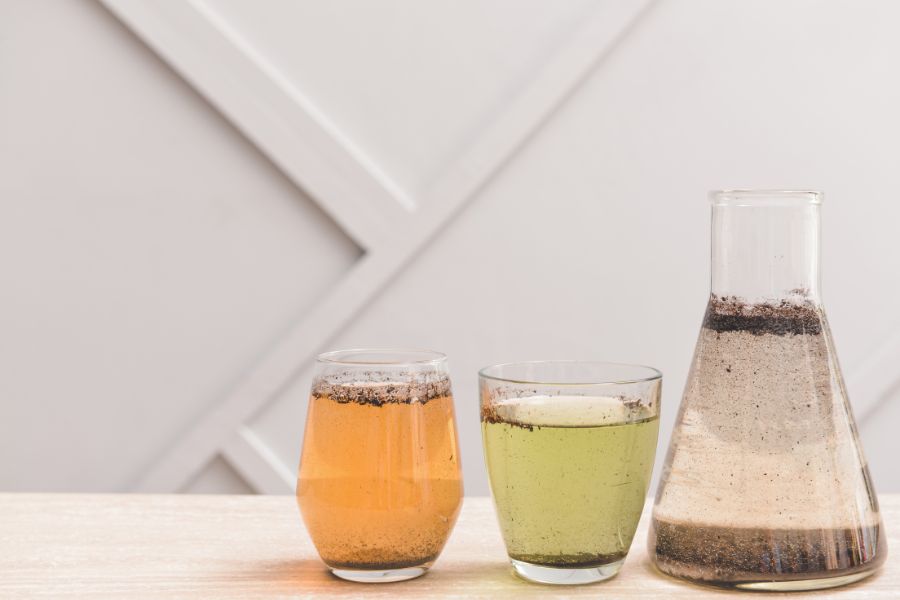What is the color of water?
The color of water has long been a source of fascination. Although seemingly straightforward, answering this basic question is more complex than anticipated. This blog article will investigate this complex topic by delving deeper into “What is the Color of Water?” and debating factors contributing to its appearance. By understanding its depths more fully, we can better appreciate our oceans, lakes, and rivers!
1. The Inherent Color of Water
Pure Water: The Invisible Hue
In its purest form, water is colorless, odorless, and tasteless. Its molecular structure allows it to absorb and transmit light, giving it its transparent appearance. As light passes through water, it scatters in various directions creating its signature shimmer effect and signature clear finish.

Light Scattering in Modern Photography
When answering the question “What is the color of water?” light scattering plays a vital role. How light interacts with particles suspended in water influences our perception of its hue; for instance, as sunlight passes through water bodies, blue and green wavelengths tend to absorb less light than red or yellow ones, hence bodies appearing blue or green in hue.
2. Factors Affecting Water Color
Suspended Particles
Suspended particles such as algae, sediment, and other organic matter can dramatically change the hue of the water. As they scatter and absorb light rays, suspended particles scatter hues from greenish hues in algae-rich waters to brown or murky tones when sediment-filled bodies of water exist.
Depth and Angle of Observation
The hue of water can also vary based on our depth and angle of observation. As we explore deeper waters, less sunlight penetrates their depths, causing darker waters to appear. Furthermore, an observer’s angle can alter what hues we perceive due to how light reflects off its surface.

3. Human Activity and Water Color
Pollution
Human activities, including industrial waste discharge and agricultural runoff, can dramatically change the color and clarity of water bodies. Adding pollutants and contaminants into these bodies of water contributes to changes in coloration and clarity.

As climate change intensifies, its effect can also alter the color of water bodies. Melting glaciers and ice caps release freshwater and sediment into ocean waters, altering their hue. Furthermore, warmer temperatures lead to algal blooms, which alter watercolors further.
Conclusion
As previously discussed, there is no single answer to the question, “What is the Color of Water?” This question requires more thought as pure water naturally has no color; however, various factors like suspended particles, depth, angle of observation, and human activities can dramatically impact its color and appearance. By understanding these variables more fully, we can take steps towards protecting the natural beauty of our water sources while facing challenges posed by pollution and climate change.




